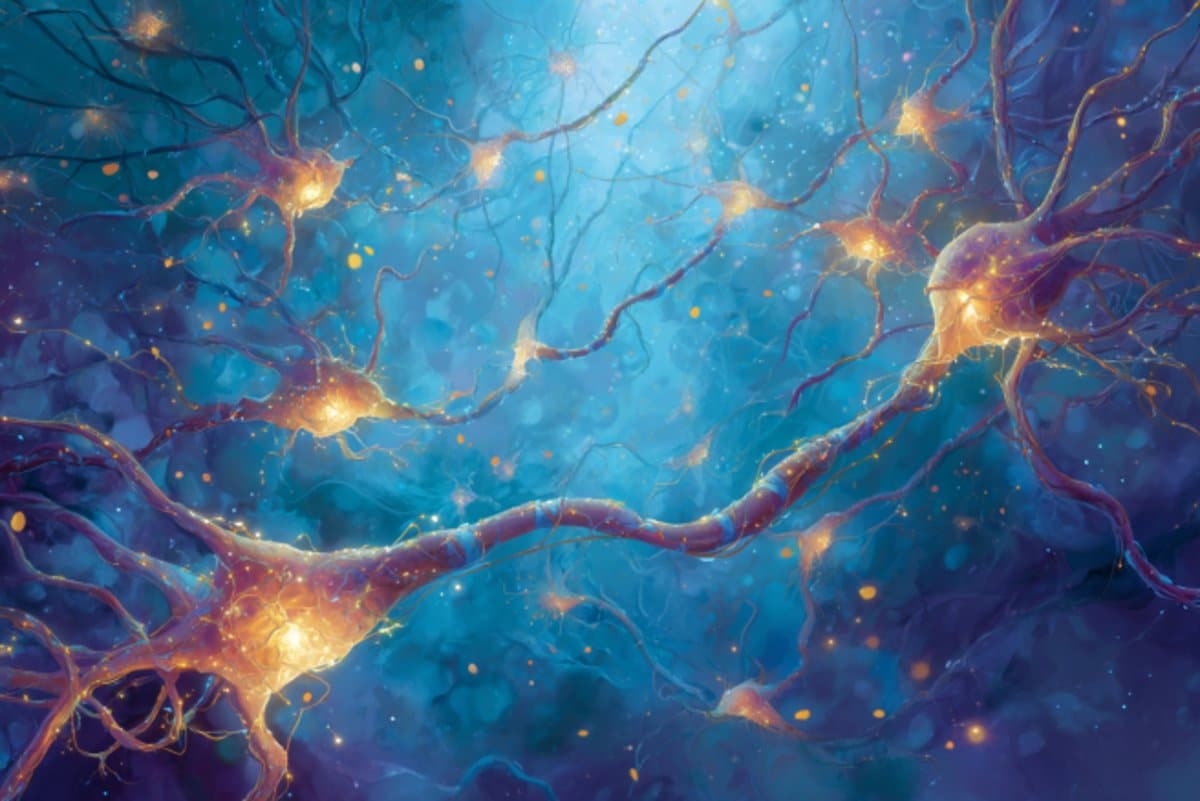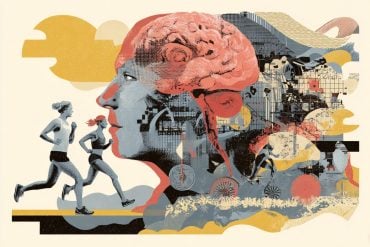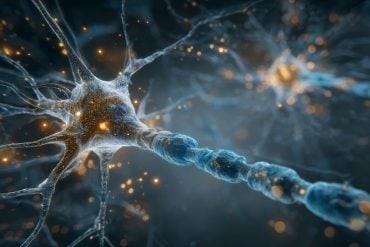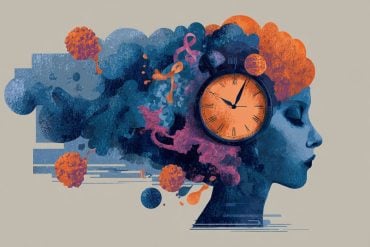Summary: New research reveals that astrocytes — not neurons — are responsible for stabilizing emotional memories by re-engaging during recall. After an emotionally intense event, such as fear, specific astrocytes become biologically tagged with adrenoreceptors, making them responsive when the memory is later reactivated.
Blocking these astrocytes disrupts memory stability, while forcing them to activate exaggerates fear responses and causes overgeneralization. The findings uncover a surprising cellular mechanism behind how emotionally charged experiences persist and may open new therapeutic paths for PTSD and other trauma-related conditions.
Key Facts:
- Astrocyte Tagging: Emotional experiences cause astrocytes to gain adrenoreceptors, tagging them for reactivation during memory recall.
- Memory Stabilization: These astrocytes re-engage when a memory is recalled, strengthening long-term retention.
- Therapeutic Potential: Targeting astrocytic activity could one day help modulate traumatic memories without erasing others.
Source: RIKEN
Why are we able to recall only some of our past experiences?
A new study led by Jun Nagai at the RIKEN Center for Brain Science in Japan has an answer.
Surprisingly, it turns out that the brain cells responsible for stabilizing memories aren’t neurons. Rather, they are astrocytes, a type of glial cell that is usually thought of as a role player in the game of learning and memory.
Published in the scientific journal Nature on Oct 15, the study shows how emotionally intense experiences like fear biologically tag small groups of astrocytes for several days so that they can re-engage when a mouse recalls the experience. It is this repeated astrocytic engagement that stabilizes memories.
Astrocytes have traditionally been thought to have a supporting role in the brain, literally. But when it became clear that engrams—the actual memory traces that exist in neurons—cannot alone account for stabilized, long-term memories, Nagai and his team turned to astrocytes for a solution.
Neurons produce a protein called Fos when activated, and experiences can also trigger Fos production in some astrocytes. To monitor how astrocytes across the whole brain respond during learning and recall, the researchers developed a new system that can fluorescently label astrocytes with active Fos, but not neurons, and only if Fos is active during a specific time period, which is controlled by giving an animal a shot of 4-OHT.
With this system in place, they taught mice to associate a certain cage with an unpleasant experience. After learning the association, when mice were returned to the cage several days later, their reaction showed whether or not they remembered the past event.
The key finding was that unlike in neurons, the researchers observed strong Fos activity in astrocytes only during recall, but not during the initial learning.
Further experiments showed that Fos activity in these astrocytes requires input from the neurons in the amygdala that form the fear-memory engram in question, as well as simultaneous input from neurons that use the compound noradrenaline as a transmitter.
But engram activity and noradrenergic input happen during both learning and recall. So why does the Fos activity in astrocytes only happen during recall?
Single-cell RNA sequencing of the astrocytes revealed that in the days following the emotional experience, the astrocytes began to produce alpha and beta adrenoreceptors, which are activated by noradrenaline.
The extra adrenoreceptors can be thought of as a tag that identifies which astrocytes should be activated—produce Fos—the next time the animal recalls the experience and the neural engram is activated.
To confirm their theories, when the researchers blocked Fos⁺ astrocyte signaling during recall, the mice had unstable memories and did not react as if they remembered anything during the recall test.
On the flip-side, when the team forced the astrocytes to activate, animals were able to recall only mildly unpleasant experiences as if they were very unpleasant and even generalized their recalled experiences to other cages where they never experienced anything unpleasant.
Nagai says that in the short term, their discovery could help us understand PTSD and related conditions in which emotionally intense memories persist abnormally or are activated by overgeneralized objects in the environment.
As he explains, “these findings could lead to new therapeutic approaches that target the astrocytic memory switch, leading to therapies that gently dampen traumatic memories while sparing others.”
“Beyond biology,” continues Nagai, “the astrocyte-tagging process might inspire AI models that mimic human memory filtering. Current AI systems are data-hungry and energy-intensive; by learning from astrocytes—which select memories efficiently based on emotional salience and recurrence—we may design more energy-efficient, context-aware AI systems that remember just enough.
The team’s next goal is to figure out how astrocytes become “eligible” to gate memory stabilization and to test whether specific types of memories can be suppressed or enhanced by manipulating them.
Key Questions Answered:
A: They found that astrocytes are biologically tagged after emotional experiences and later re-engage to stabilize those memories during recall.
A: Emotional intensity triggers the production of adrenoreceptors, marking specific astrocytes to respond when related memories are recalled.
A: It identifies a non-neuronal mechanism for memory persistence and suggests a new way to treat PTSD by gently reducing the emotional impact of traumatic memories.
About this neuroscience and memory research news
Author: Adam Phillips
Source: RIKEN
Contact: Adam Phillips – RIKEN
Image: The image is credited to Neuroscience News
Original Research: Open access.
“The astrocytic ensemble acts as a multiday trace to stabilize memory” by Jun Nagai et al. Nature
Abstract
The astrocytic ensemble acts as a multiday trace to stabilize memory
Recalled memories become transiently labile and require stabilization. The mechanism for stabilizing memories of survival-critical experiences, which are often emotionally salient and repeated, remains unclear.
Here we identify an astrocytic ensemble that is transcriptionally primed by emotional experience and functionally triggered by repeated experience to stabilize labile memory.
Using a novel brain-wide Fos tagging and imaging method, we found that astrocytic Fos ensembles were preferentially recruited in regions with neuronal engrams and were more widespread during fear recall than during conditioning.
We established the induction mechanism of the astrocytic ensemble, which involves two steps: (1) an initial fear experience that induces day-long, slow astrocytic state changes with noradrenaline receptor upregulation; and (2) enhanced noradrenaline responses during recall, a repeated experience, enabling astrocytes to integrate coincident signals from local engrams and long-range noradrenergic projections, which induce secondary astrocytic state changes, including the upregulation of Fos and the neuromodulatory molecule IGFBP2.
Pharmacological and genetic perturbation of the astrocytic ensemble signalling modulate engrams, and memory stability and precision.
The astrocytic ensemble thus acts as a multiday trace in a subset of astrocytes after experience-dependent neural activity, which are eligible to capture future repeated experiences for stabilizing memories.








